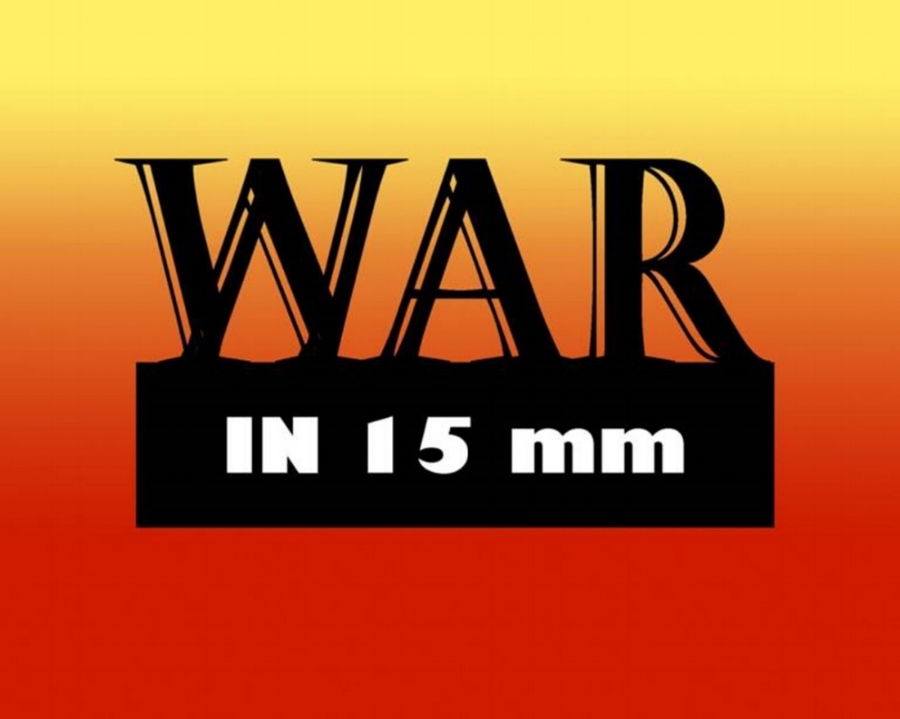Gordon Institute Loch Ness Episodes
Episode 1:
The Gordon Institute for Archeology and Paranormal Study exists as a teaching and practical field research institute. As such it is constantly on the lookout for evidence of the unusual or unexpected throughout the world. Years of practical experience has taught members that evidence can come in many forms and from sources that might easily be overlooked. A May 2, 1933 article in the Inverness Courier by Alex Campbell, a water bailiff for Loch Ness, caught the Institute’s attention. In addition to his job as a water bailiff, Campbell was also a part-time journalist, and in that capacity he interviewed Aldie Mackay, manageress of Drumnadrochit Hotel, regarding her claim of a sighting of a creature in Loch Ness. This sighting took place in April 1933 while she and her husband John were driving along the loch on the A82. This article was the first time the word “monster” was ever formally used in describing the creature.
A year later on April 21, 1934, the Daily Mail published a photograph of the Loch Ness “Monster” taken by Robert Kenneth Wilson that became known as the “surgeon’s photograph.”
These two publications regarding the sighting of a strange creature in Loch Ness and coming from very different sources and within a relatively short period of time caught the attention of Gordon Institute investigators. Their subsequent inhouse research informed them that this creature had been reported as far back as the 6th Century in the Life of St. Columba by Adomnan. It also became apparent that the above-mentioned recent sightings were not alone during that period. Apparently, Arthur Grant, a veterinarian, had reported seeing the creature while riding his motorcycles near Abriachan, Scotland at 1 am on January 5, 1931… he provided a sketch.
With this information, the Institute decided to establish two research stations on Loch Ness in order to determine the true nature of the Loch Ness mystery.


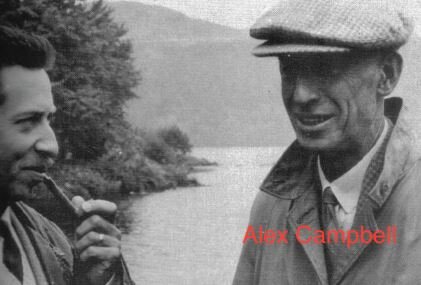

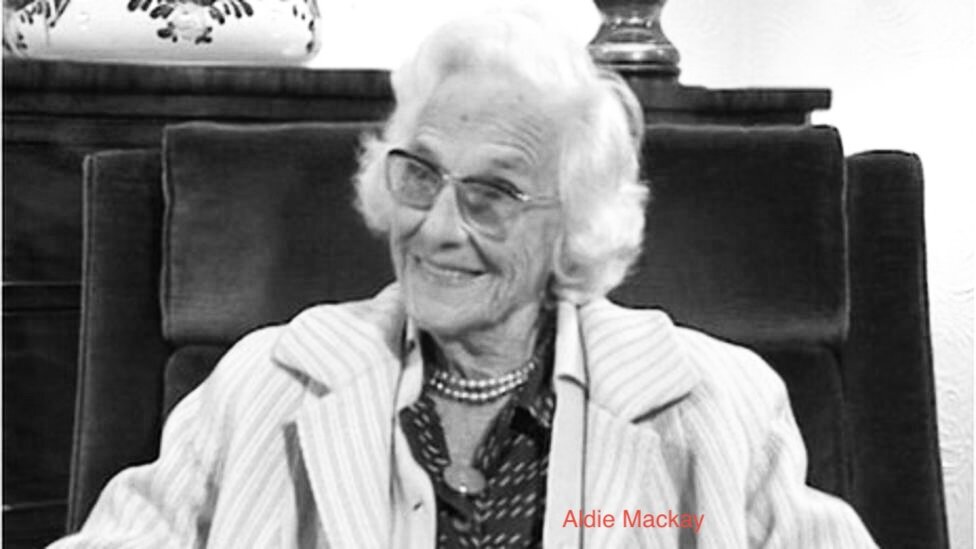

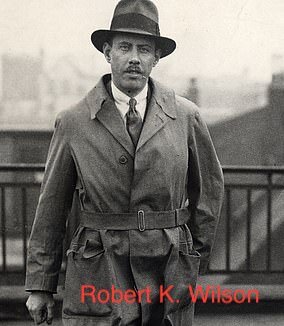
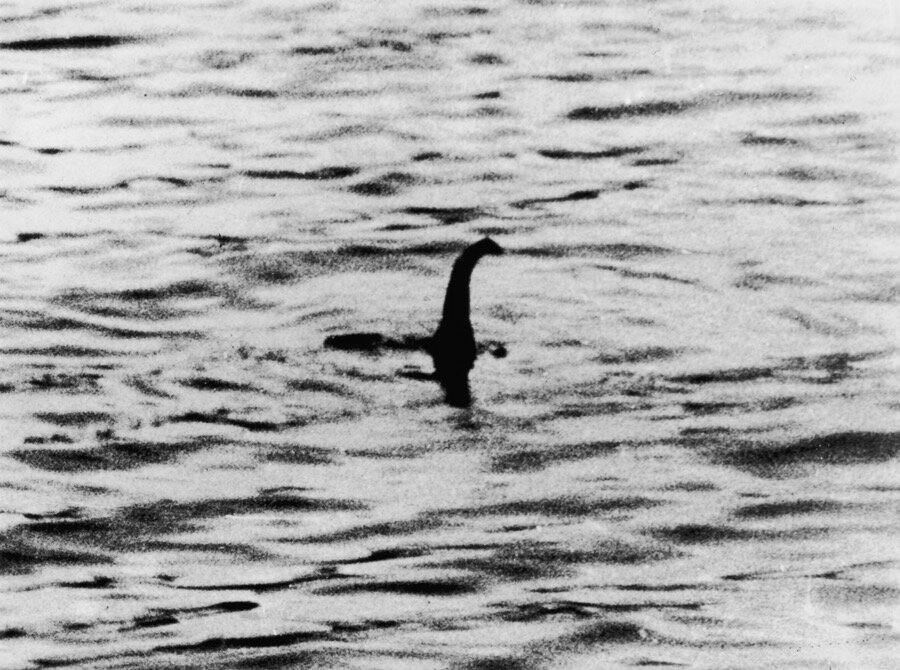
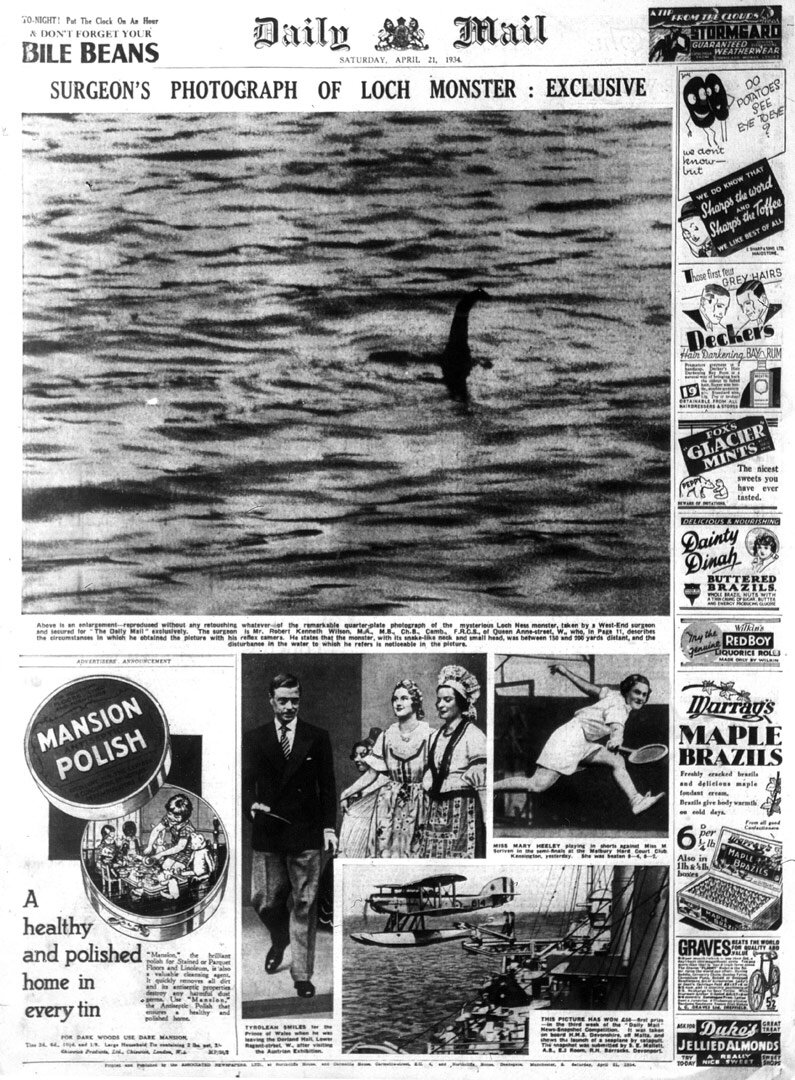



Episode 2:
With basic inhouse research underway, it was determined that the Institute would undertake a review of possible sites for two Institute research stations along Loch Ness… one of these would serve as a headquarters station for the project. The review of possible sites available turned up two attractive locations, both on the west side of the loch. One was discovered in proximity to Drumnadrochit (population 813) and just east of the ruins of Urquhart Castle. This site offered a manor and two separate watch towers that would provide adequate workspace for a large staff and would be the location of the headquarters station. The manor was available for purchase and in terms of the buildings would require modest upgrades and repair. It was also noted that it was near Drumnadrochit that the Aldie and John Mackay sighting took place in April 1933. A second location was found near Abriachan (population 120) also on the western shore of Loch Ness not far from Inverness. It was a smaller property in terms of structures consisting of an abandoned hunting lodge and access to a variety of fishing lodges located on the banks of the loch. Abriachan is near the location of the Arthur Grant (veterinarian) “motorcyclist” sighting of the creature in January 1931. With the acquisition of these sites, the Institute began the process of moving teams in and converting both locations to serve as function research workstations.











Episode 3:
Bringing together the where-with-all required for the establishment of two long-term research stations in search of the answer to a mystery that harkened back to the 6th Century was no small endeavor either in terms of effort or financial cost. Trucks brought in the equipment needed to set up offices, laboratories, and radio communication stations at both sites. The radio stations were powered by mobile generator units. Both sites required fueling stations and mess facilities capable of feeding research teams, security teams, submersible crews, technical experts and repair teams/mechanics, a diving unit, and a flight crew. The existing buildings had to be made into comfortable living quarters and functional office and lab space because it was believed that the teams would be making these sites their homes for a substantial period of time. All team members were volunteers who rotated back to their real homes one week out of each month unless the demands of the moment dictated otherwise. The divers worked the loch using a 40-foot sloop (Fiona) equipped with an air pump unit plus an available diving bell. The submersibles were of two types… the small vessel (The Fin) capable of a two-person crew and the larger vessel (Nemo) approximately the same length as the sloop carried a crew of five. The small submersible was brought to the loch on a flatbed truck while the larger vessel was trucked in in parts and reassembled on site. The sloop was also trucked in. The plan was that study of the loch would be approached from the land, water, and sky. To provide their aerial view the Institute had provided the teams with a Keystone-Loening Commuter seaplane commonly referred to as The Duck.
























Episode 4:
After a month of intense renovation and organization, the stations were up and running. The labs began by processing water samples from the loch. The radio units were functioning, and the loch had been divided into survey grids that made possible efficient mapping of events or discoveries around, on, and in the loch as well as providing clearly defined areas of responsibility for the daily tasks of the submersibles, the sloop, and the seaplane. It also allowed for coordination between the work of the Institute and the work of local fisherman. The Institute understood that their efforts would be made easier if good relations were maintained with the local population. Security for all Institute sites was a fundamental aspect of their funder’s mandate and so security positions were established around both research stations as well as regular motorcycle patrols conducted on their speeder bikes in order to ensure the security of the sites’ parameters. The intent of these security arrangements was to protect the Institute’s work from unwanted intruders, local busy-bodies, and criminals who saw the Institute’s equipment as an opportunity for profit. These security details also allowed the stations to be kept aware of the movement and activities of sheep herders and Romani who frequented the surrounding area. The daily routine was just that, routine. The plane flew sweeps over designated grid areas; the sloop’s divers chartered the depths of the loch in areas of interest; the submersibles conducted their sweeps below the surface; the film crew filmed; the lab techs tested; the radio stations kept all posted on what was and largely wasn’t happening. With the exception of an occasional spout of water from an unexplained source all was normal; all was routine, and then….












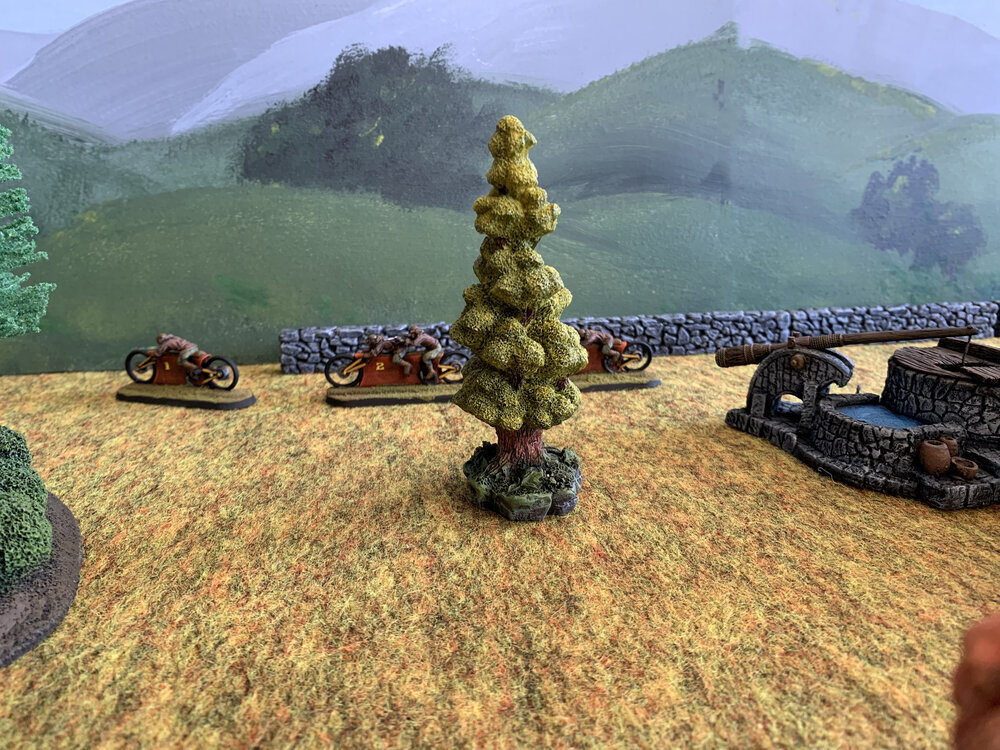










Episode 5:
The aerial sighting of a sinking and badly damaged small boat with no sign of life in the area was the first dramatic event encountered by the Institute’s research teams. When further investigation revealed that a local fisherman was missing, the work of the Institute’s teams intensified; patrols by air, on and under water were increased. Motor patrols along the A82 took on more importance in the hope of a sighting of the loch’s mysterious creature from the shore. The intensified efforts paid dividends within a week of the sinking of the small boat. As the twilight spread across the loch, two Institute teams made the same sighting on their return to base… one from the air and the other from the sloop. Because of their proximity to the creature, excitement and concern about the Fiona was intense, but the creature disappeared beneath the water’s surface in less than a minute of the sighting and offered no threat. The approaching darkness made a continued patrol too dangerous and impractical. It wasn’t until the crews of the Fiona and the seaplane (aka The Duck) both reported the same sighting in the same area that research teams understood the full magnitude of what had just taken place. And in the excitement of it all, one of the members of the Fiona crew had taken a photo… and it wasn’t a blur. They had the picture, and they had their lives.












Episode 6:
A renewed energy and excitement ran through the Gordon teams following the sighting. Its confirmation by two separate crews from two distinctly different vantage points and through photographic evidence…quality photographic evidence…had made their task very real and very immediate. That renewed energy and excitement was manifest in intensified land, water, and air surveyance by multiple teams working throughout the daylight hours. Any and all reported sighting by local residents of unusual manifestations on the loch were tracked down and thoroughly recorded in the hope that the cross-referencing of these reports would evidence a pattern of behavior on the part of the creature that could then be translated into a narrower and more effective pattern of search. That narrowed pattern of search paid dividends. The teams’ sighting became more frequent and given the quality of their photographic evidence more certain. Not surprisingly these sightings were of short duration and often confined to limited views of the creature.
Nonetheless, a description had formed. The creature had a green skin color, was serpentine in appearance, and seemed to be of about 40 feet in length though that was the least firm of the descriptive facts the Institute’s teams had compiled. As to why the sightings had become more regular, the teams speculated that it could be due to two factors: a more clearly defined search area and the possibility that the creature was becoming more accustomed to and less threatened by the teams’ presence. That said, the question remained as to what had become of the missing fisherman whose boat had been so violently destroyed on the loch. That was a serious question. Local authorities who knew the loch told team members that it was highly unusual for the body of a drowned individual to fail to rise back up to the surface. More mystery.

















Episode 7:
Patrols continued, and at headquarters, thoughts were turning to how they might learn more about the creature… habits, diet, mating, offspring, etc. But there were other occurrences that were both mysterious and unsettling… things that didn’t correspond to their experiences with the creature they had been tracking. One of the research stations experienced vandalism… on land, not on or near the water. An outdoor workstation had been destroyed… torn to pieces. There was no evidence that the local population was unhappy with the work of the Institute teams… relations were good. Even more unsettling were some footprints left behind…large footprints of webbed feet. One of the team members reminded the group of an article they had come upon in their early research. It was the story of a sighting in 1931 by Arthur Grant, a veterinarian. That sighting became known as the “motorcyclist” sighting and the newspaper had included a sketch, more an illustration, of Arthur Grant on his motorcycle being confronted by the creature and the creature was on land.
This presented a whole new perspective to the investigation. Was this a single creature? How could the 40-foot-long creature they had been observing swimming in the loch possibly have climbed out on land within the bounds of one of the research stations and not been seen or heard? Or… or were they dealing with multiple creatures: multiple types of strange, perhaps never before identified creatures. The team decided that preparation required that they send off for a cage… a very big cage. Armed patrols around the landward edge as well as the shoreline of the research stations were enhanced. It was a time of tension as team members now focused their concerns on the possibility of an assault that could come at them from the land. As days passed with no assault or recurrence of any vandalism, the enhanced patrols continued but nerves calmed, and a more normal workday routine returned. That lasted until, in the early morning hours with Research Station #2 locked in darkness and with a fog hanging just above the waters of the loch, there came a crashing sound that woke all who were asleep and drew patrols from their appointed positions to the docks along the loch. What they saw astonished and confused all the members of the team.
A section of dock had been broken in two and hung in the water much as the destroyed fishing boat had been crushed. No land creature had been seen. The loch creature they had been documenting showed no aggressive signs. There was no indication that the tools of man had caused the dock’s destruction. It had been broken much as one would snap a twig. A creature that walked on land yet had webbed feet. A creature that could pass through a heavily guarded perimeter without detection and cause significant damage without leaving a sign of their coming or going. The teams’ time at the loch had found some answers to a mysterious creature, but was the mystery of Loch Ness the story of a creature or of mysteries that were only now beginning to manifest themselves?














